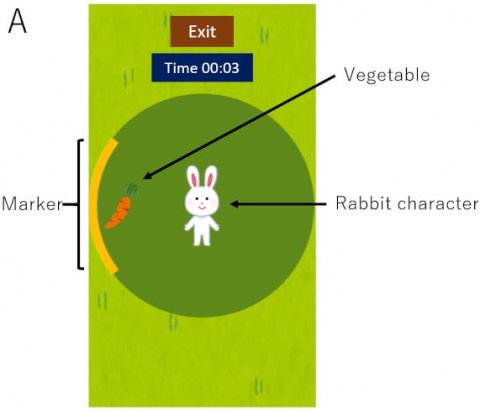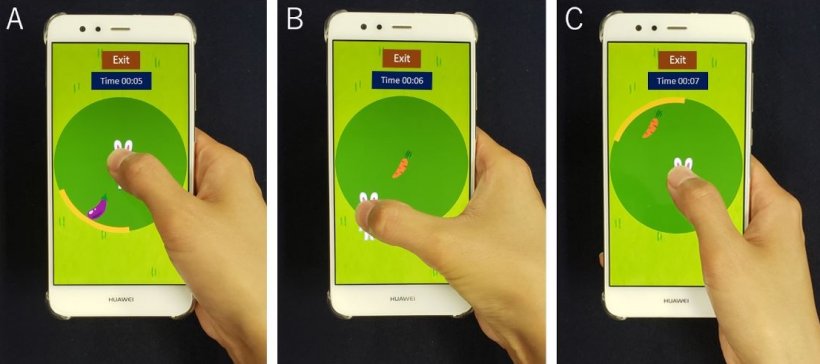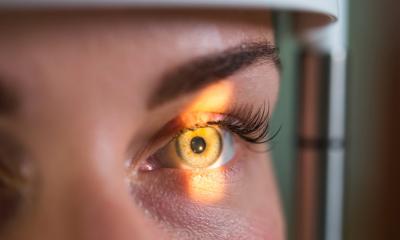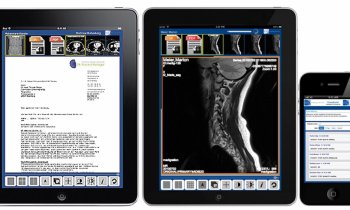News • Early diagnosis through thumb movements
Smartphone app to detect carpal tunnel syndrome
A Japanese research group combined motion analysis that uses smartphone application and machine learning that uses an anomaly detection method, thereby developing a technique to easily screen for carpal tunnel syndrome.
Carpal tunnel syndrome is common amongst middle-aged women. The disease causes compressed nerves in the wrist, causing numbness and difficulty with finger movements. While an accurate diagnosis can be reached with nerve conduction study, this is not widely used because it requires expensive devices and specialized skills. Thus, the researchers aimed to develop a simple screen tool that does not require any specialized knowledge or techniques.
The researchers presented their approach in the journal JMIR mHealth and uHealth.

© Yuta Sugiura
The research group of Dr. Koji Fujita of Tokyo Medical and Dental University and associate professor Yuta Sugiura of Keio University focused on increasingly poor movements of the thumb with the advancement of the disease, and analyzed its characteristics. They developed a game application for smartphones that is played using the thumbs and prepared a program that acquires the trajectory of the thumb during a game play and estimates the possibility of the disease with machine learning. The application can screen for possible carpal tunnel syndrome using a simple game that can be played in 30 sec—1 minute. Even without gathering patient data, they were able to effectively construct an estimate mode from the data of 12 asymptomatic participants using the anomaly detection method. When this program was applied to 15 new asymptomatic subjects and 36 patients with carpal tunnel syndrome to verify its accuracy, the result was promising with 93% sensitivity, 69% specificity, and 0.86 Area Under the Curve (AUC). This is equivalent or better than the results of physical examinations by expert orthopedic surgeons.

© Yuta Sugiura
The developed tool can be used to screen for possible carpal tunnel syndrome at sites where no expert is present, such as at home or at a health center. In the future, the research group aims to develop a system that is able to encourage an examination by an expert when the disease is suspected in order to prevent exacerbation. The researchers argue that this would prevent inconvenience and social loss associated with exacerbation of a disease, which is more common among women, and contribute to creating a society where women play an active role.
Source: Japan Science and Technology Agency
30.03.2021








